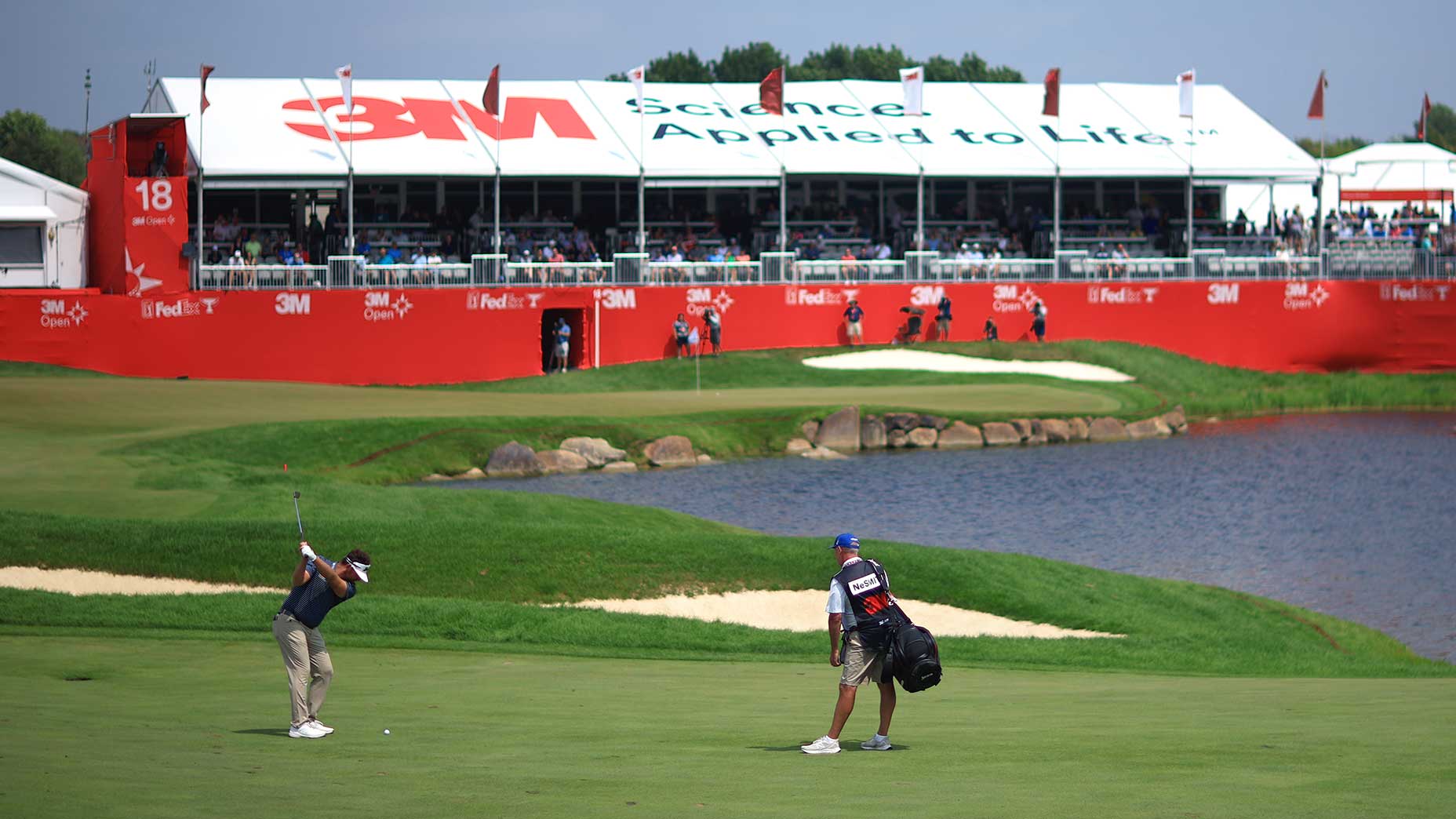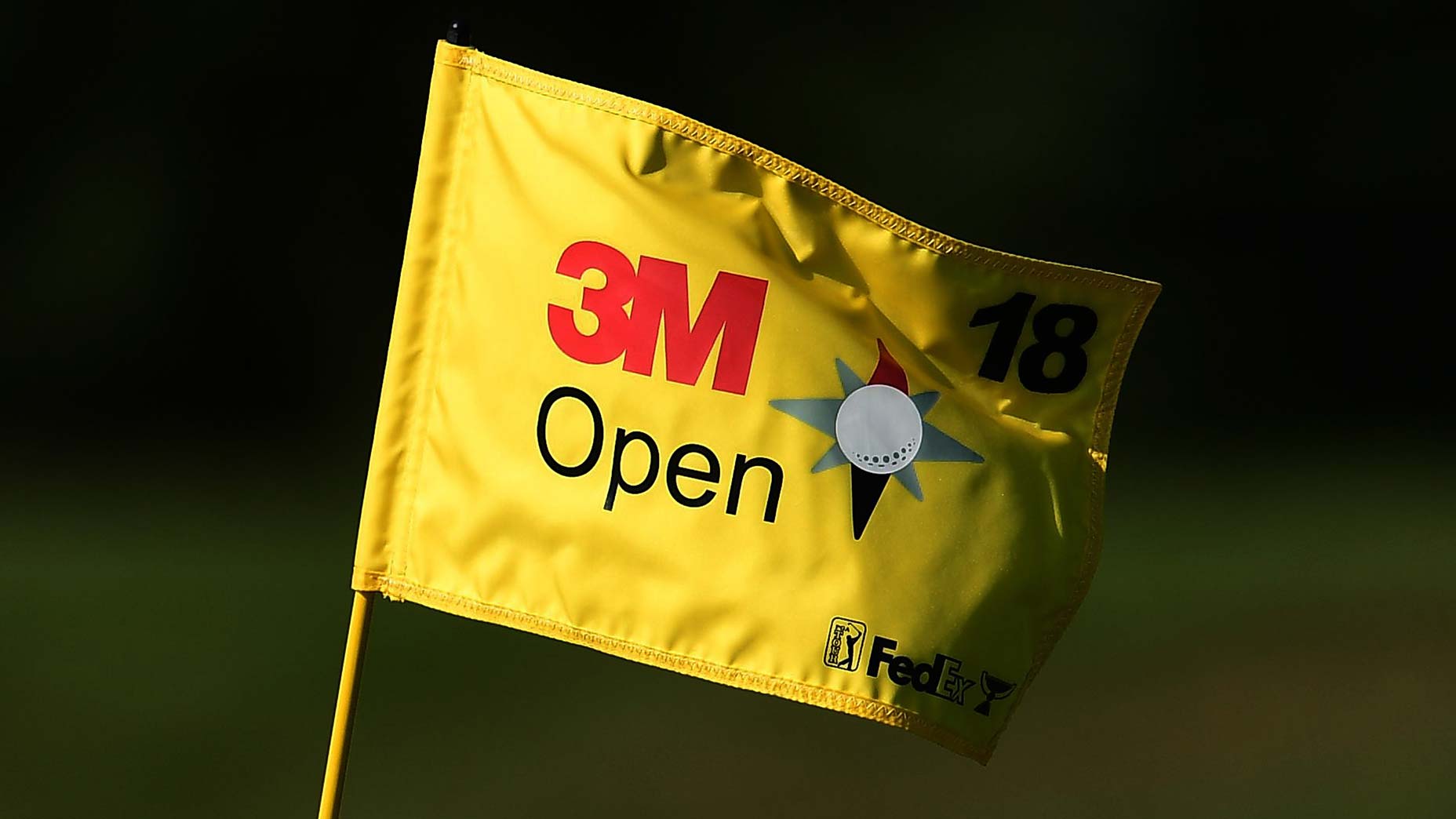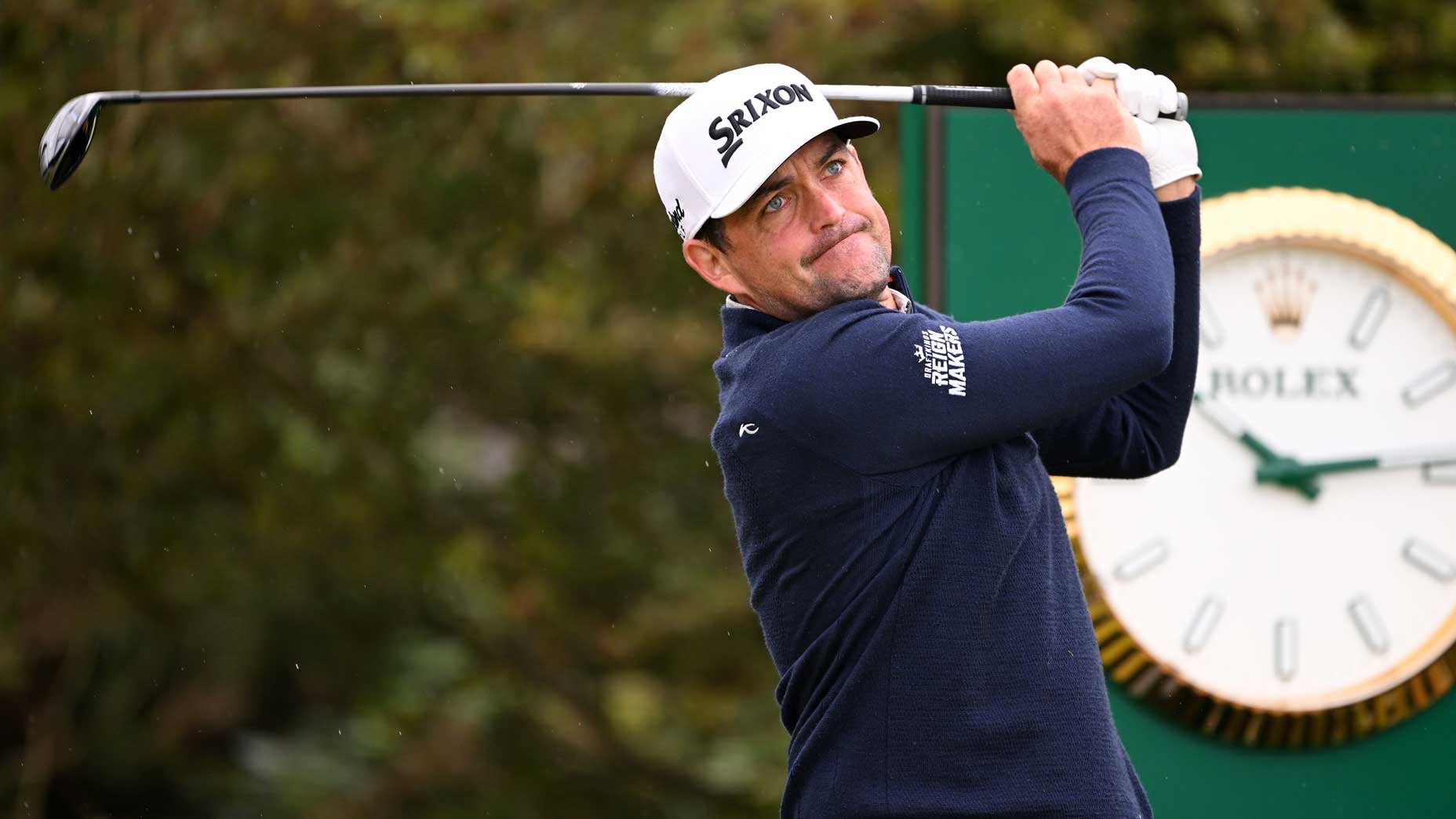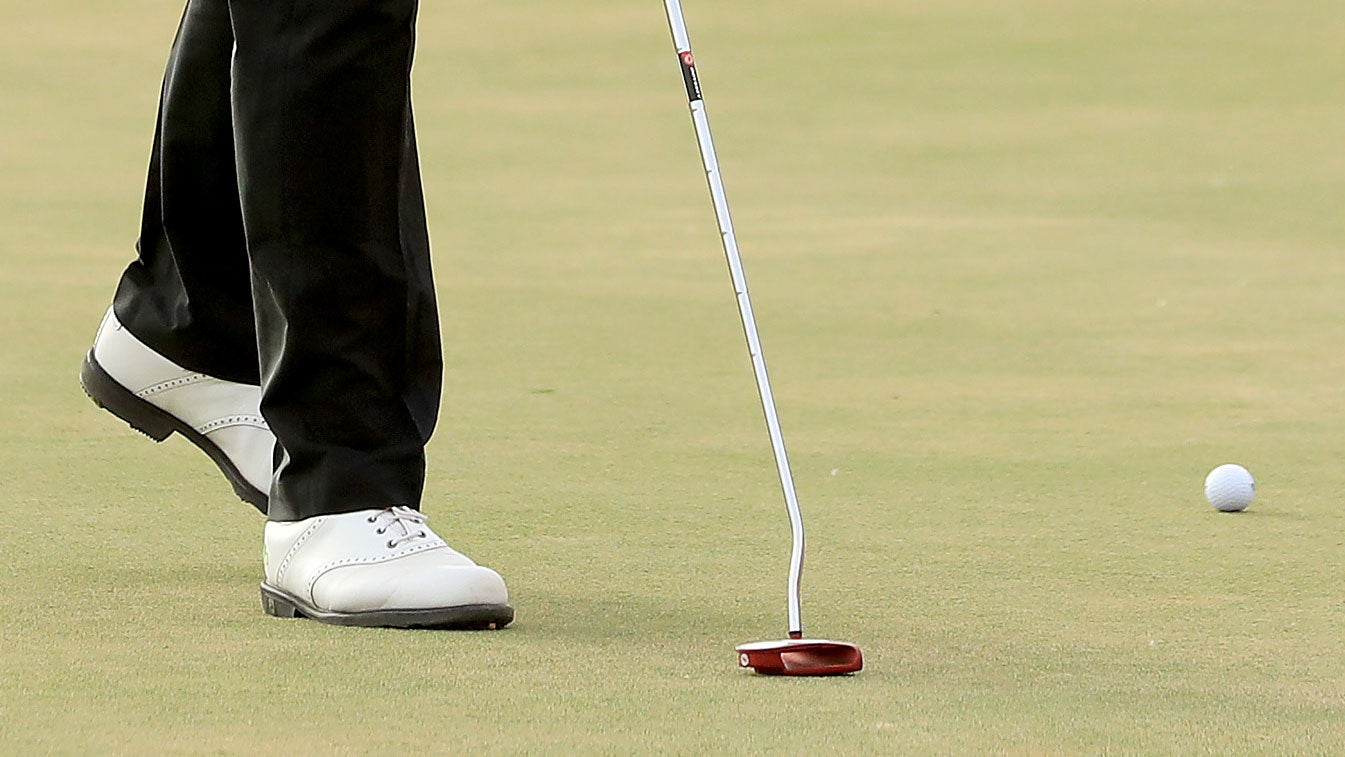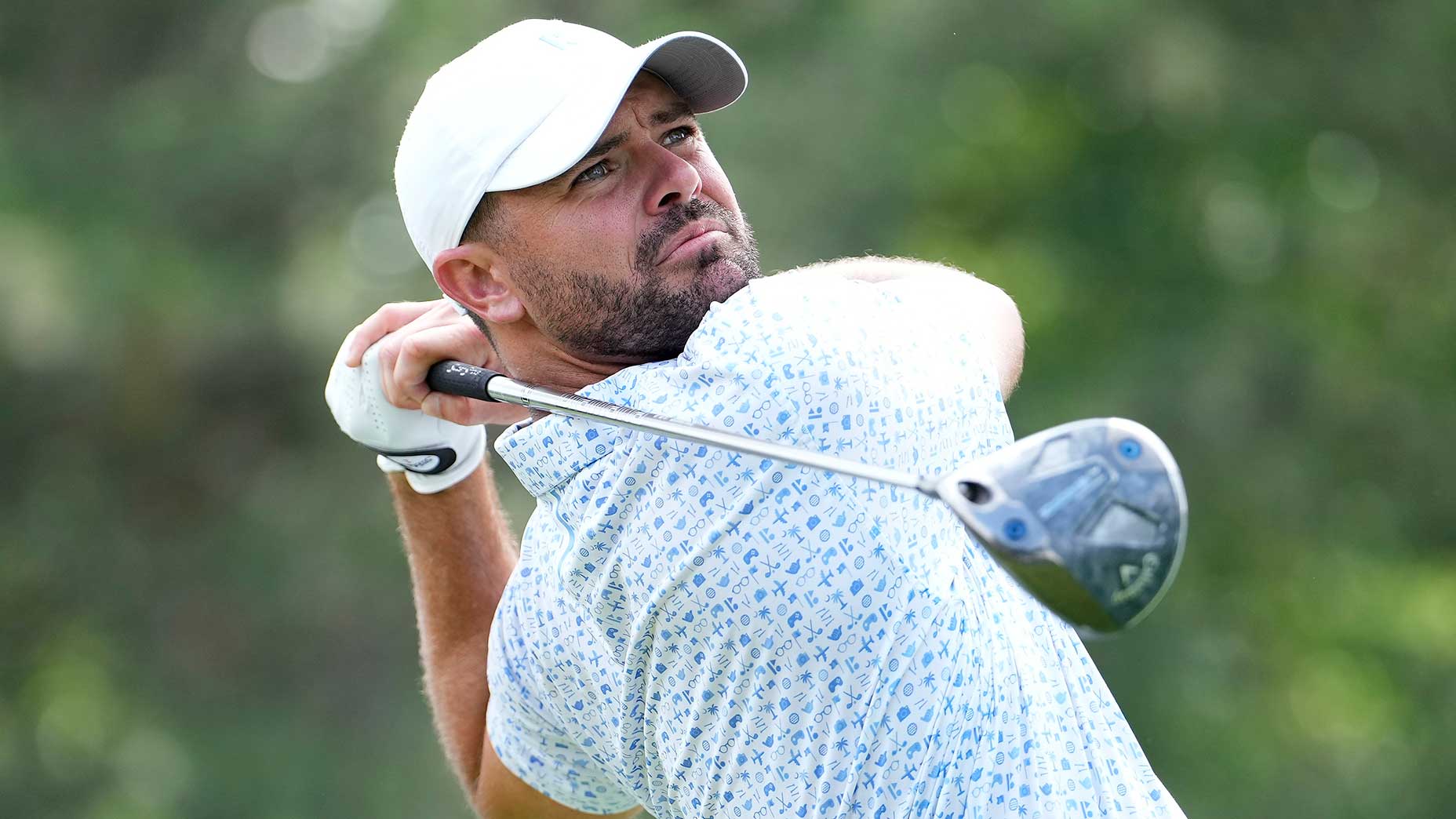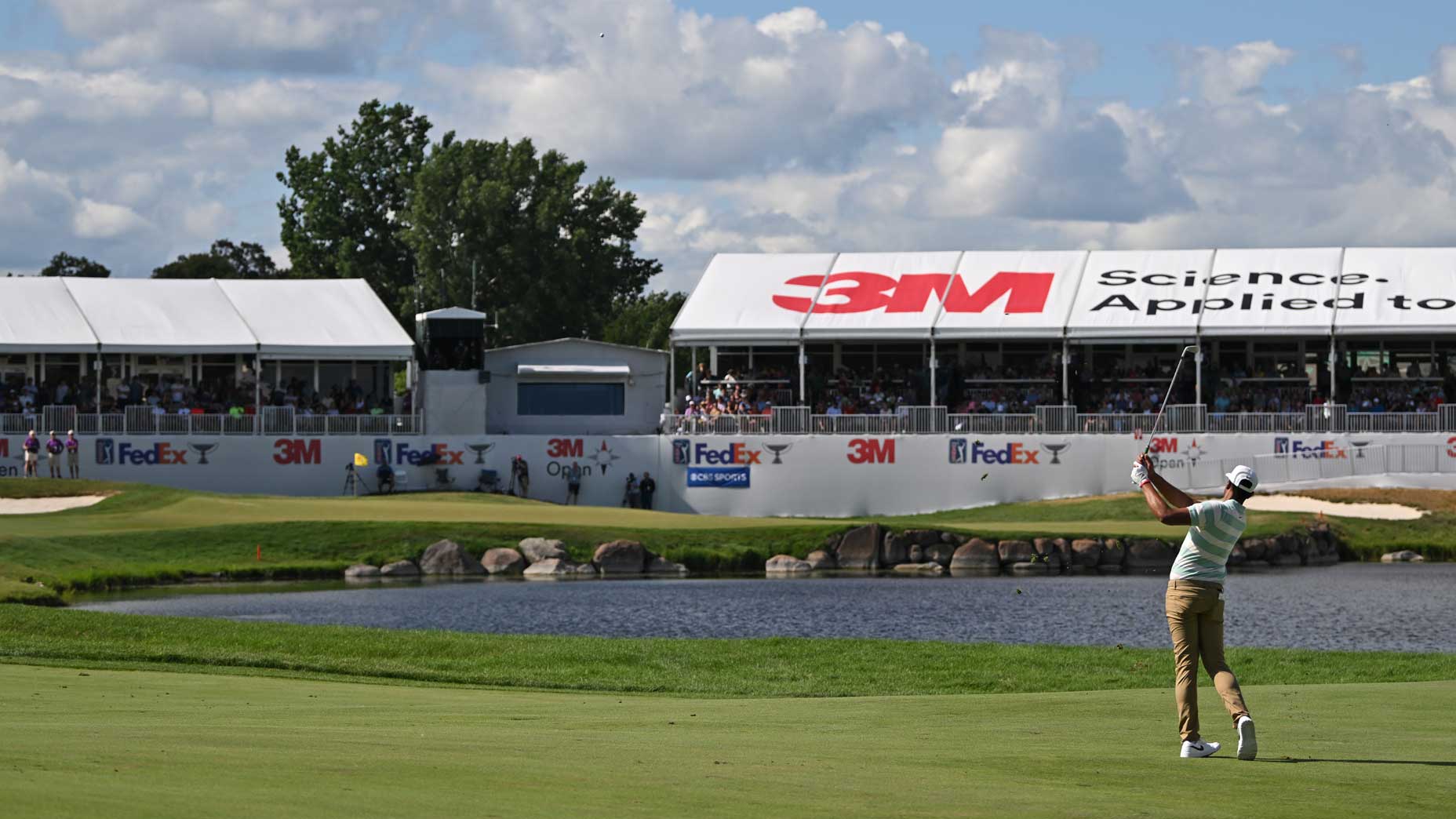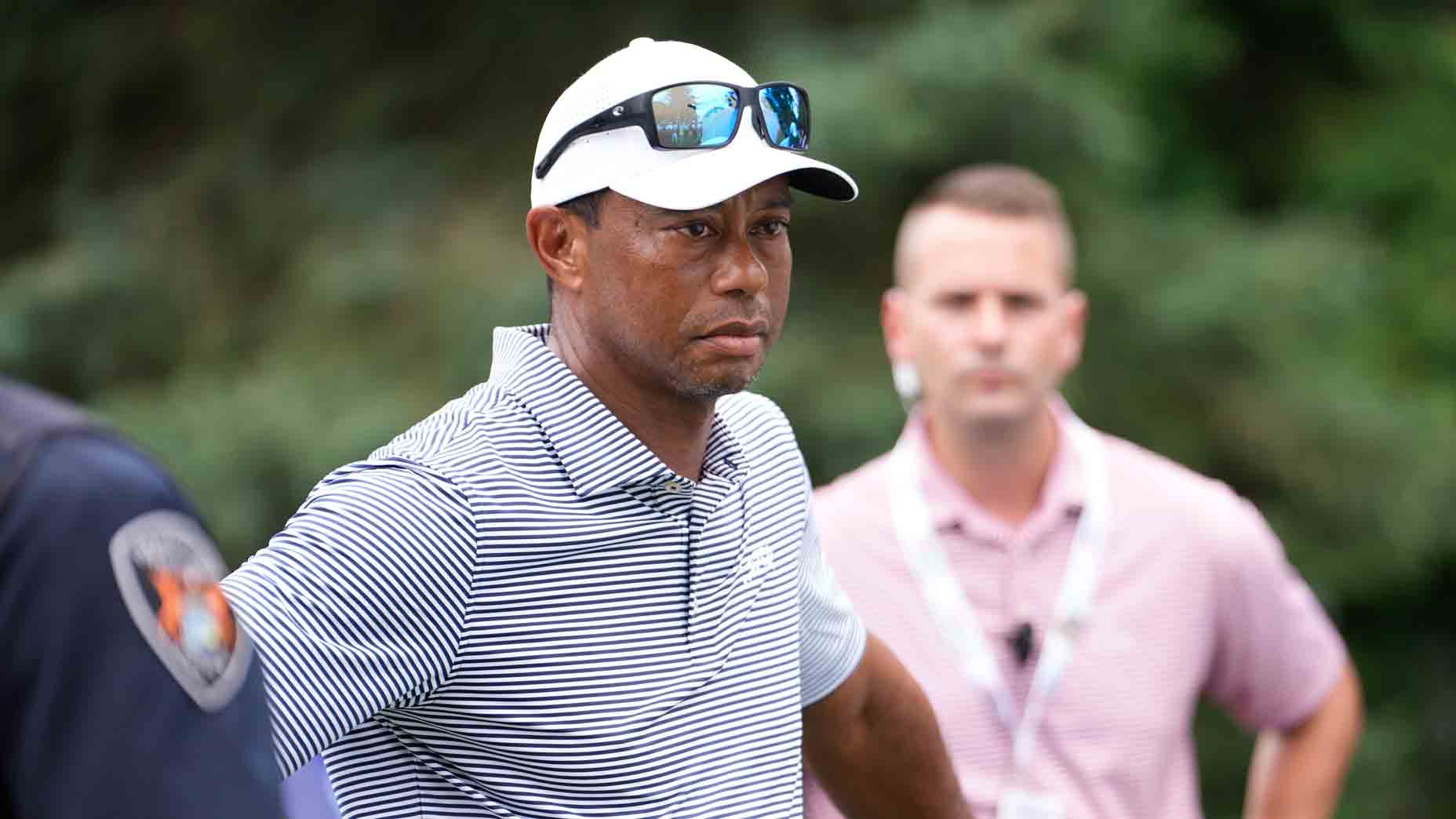Why should players own the PGA Tour? This guy knows better than most

Paul Rabil founded Premier League Lacrosse, establishing player equity long before the concept arrived for Rory McIlroy and Tiger Woods.
Emma Devine
Tiger Woods was resolute.
Two weeks ago, when he grabbed the mic during a conference call with his fellow PGA Tour members, he wanted to make one point clear: “It’s never happened in sports history. So we’re the first.”
Woods was referencing the forthcoming player equity system that will (theoretically) line the pockets of basically everyone on the call. None of those players, though, were in a fact-checking mood, and why would they be? Woods is the greatest golfer who ever lived, and he was addressing the membership after a string of well-funded U.S. sports investors promised an immediate buy-in of $1.5 billion. The athlete-equity concept sounded novel. But truth is, it’s not.
More than five years ago, another stick-and-ball game — lacrosse — became the first U.S. sport to debut a player-equity system, and as with golf, the economic shakeup arrived as a result of pro lacrosse’s own civil war. Paul Rabil was the man behind it.
As one of the best lacrosse players ever, Rabil had grown frustrated with the benefits, or lack thereof, he and other elite lax pros had received at the peak of their trade. His rookie salary in 2008, when he was the first overall pick in the Major League Lacrosse draft, was just $6,000. In the decade that followed, he won two league titles, was twice named MVP and built a social-media following no one else in the sport could match. A full decade of unparalleled success boosted his annual salary to, by his accounting, a whopping $16,000. The sport was rarely on network television, and its athletes were forced to work second jobs. But not because it was a bad product. Major League Lacrosse, Rabil believed, was untapped and, importantly, holding itself back.
“We just reached a point where they were continuing to operate under this aspirational mindset that as lacrosse grew globally so would the pro league,” Rabil told me the other day. “And the truth is, there’s no history of any sport growing organically at the pro level. You need executives, you need investment and, in a lot of cases, steep competition for players. Take a look at MLS’ history, and even the history of the NFL and the AFL.
“So we reached a tipping point — or, I should say, I reached a tipping point — where I didn’t think the existing model would cut it for the posterity of the game. So we decided to launch a new league in direct competition with the one that had been around for 15 years.”
Sound familiar?
What Rabil founded, in some ways, was akin to a more successful version of LIV Golf: a startup league that convinced a bunch of top pros to leave the incumbent and form something new. The “achilles heel” of the incumbent, he says, was the majority of MLL player contracts were one-year deals, because the league ran a “lean operation” and tried to remain solvent. The MLL was ripe for disruption — yes, much like pro golf, in which the dominant tour asks players to sign away their media rights on an annual basis to make the league of more than 200 independent contractors as marketable as can be.
The lacrosse ecosystem, which featured very little longterm job security, “enabled us to essentially sign 180 of the top players in the world overnight,” Rabil says. The initial number actually was 140, but it quickly grew. In conjunction with his brother, Mike, who works as league CEO, Rabil launched Premier League Lacrosse in the fall of 2018 and, with an initial investment group that included Joseph Tsai, the owner of the Brooklyn Nets, offered the top 50 players stock options upon their arrival. Within two years of launching, the league amassed so much momentum that, yes, it merged operations with Major League Lacrosse. (Sound familiar?!?!)
“We were capitalized to the extent that, on average, we four-X’d everyone’s wage,” Rabil said. “We gave everyone health care for the first time. We built marketing addendums — ways [players] could make additional money outside of the playing field. [We made] coaching opportunities through our academy business. But the big piece there … was we offered them stock options.”
Stock options and stock grants are different offerings, but the end result with both is league ownership for the players. A slice of the pie. This all wouldn’t be so interesting for golf fans if something wildly similar wasn’t playing out on the PGA Tour.
Pro golfers are getting more of what they want than ever before. A restructured schedule that provides an offseason. (Or plenty of “offseason” events if they’d wish to keep playing.) Purse sizes like we’ve never seen before. Complimentary courtesy cars at every Tour stop. Enhanced recovery facilities — cold tubs, infrared saunas, cupping therapy, etc. Then, in a less tangible sense, there’s the player equity in PGA Tour Enterprises, the forthcoming for-profit company drawing interest from some of the wealthiest people in sports and one of the wealthiest sovereign wealth funds on the planet.
It’s no coincidence that among the initial investors in Premier League Lacrosse was The Raine Group, whose sports department is headed by Colin Neville. The same Colin Neville who played lacrosse at Yale, graduated with a degree in Political Science and eventually became a director at the Premier Golf League, which ultimately failed to launch but was the first brand to express interest in pros owning the tour/league/organization within which they play.
Ahem — sound familiar?
Neville sits on the PLL board, and it’s quite plausible that he ends up on the 13-person board of PGA Tour Enterprises. Rabil calls Neville “one of the best sports bankers in the world,” and his recent work on the sales of Chelsea FC and Manchester United aligns with that assessment. Tiger Woods and the best players remaining on the PGA Tour demanded that Neville be their third-party representative during negotiations between the PGA Tour and its various, incoming investors. While Neville has declined to speak publicly on the work he’s done during his six months in that post, the work itself has become somewhat clear.
In about one month, $930 million in equity grants will be dished out to a group of 193 players, who are split into four categories. The most important golfers to the PGA Tour — based on their career performance, their accomplishments, their overall value to the Tour’s popularity, and other metrics — will earn the most valuable equity. Others, who simply go about their trade and wouldn’t likely be recognized in an airport, will receive less. On top of that, $600 million will be earmarked for recurring grants doled out for similar reasons, over the course of the next six years beginning in 2025. Win a tournament on the PGA Tour of the future and you’re bound to receive equity grants.
Rabil’s league paves a somewhat similar path, offering stock options to each PLL player for every PLL game they play in. Rabil himself is the perfect proxy through which league equity can be understood. As a former player, he admits this is simply “the right thing to do.” As a self-made executive running the league, he sees incredible value in getting all constituencies “rowing in the same direction.”
“There’s a lot of debate that we have and a lot of dialog, between players, player associations, GMs, owners,” Rabil said. “There’s a psychology in the workplace that it is, you know, the boss versus the workforce. What we created is an environment where it is not only advantageous for a player to be promoting through their social platforms — ‘Tune in to ESPN’ and ‘Ticket sales opportunities through Ticketmaster’ — it’s actually driving value to their shares. So it’s a value to the league because the players now have interest in its growth.”
Anyone who has worked at a startup understands why equity is important. As time passes, if the company grows in value, your equity grows in value. This is the story Tour pros will hear ad nauseum over the course of the coming months and years. To get the message out, the Tour is making informational videos with consulting company Korn Ferry, which has conducted an independent review of the equity system. The first video arrived in player inboxes this week, and five more are on the way. Pros will have weekly opportunities to ask questions of program advisors. Commissioner Monahan is expected to be at most, if not every, event between now and his state-of-the-union press conference at the Players Championship next month. Shortly after that week, each Tour member will officially know if they’re in the money (and just how much they’re in for).
Until then, one of the hardest questions to answer is the one that seems to be on everyone’s mind: So, what? Or, more eloquently, what is the equity actually worth? If Rory McIlroy’s grant is worth $100 million at the time it’s issued, how does he access that value? That answer has not been detailed in a meaningful way to the membership. The equity will vest over time, so long as pros play enough tournaments or provide enough services/appearances to match their equity level. The length of the vesting process also remains unclear.
Rabil’s league has a significant head start, but continues to move through the typical development of a startup. (The PLL just had its Series D funding round 18 months ago. NBA great Kevin Durant, WWE and the Chernin Group all bought in.) And when Rabil takes off his executive hat, and doffs his player cap, he views this level of ownership as a multi-phase process. Phase 1 was issuing stock. Phase 2 is further issuance to future high-performers. Phase 3, he says, could be a liquidity event.
The PGA Tour will have its own phases. The process is just beginning.



